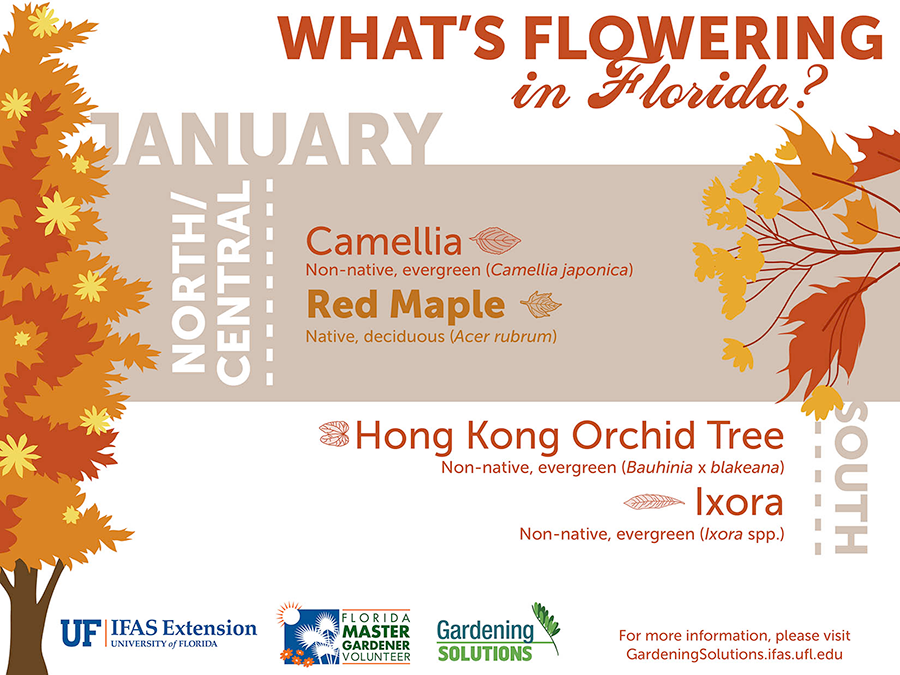Learn How To Foster A Robust Atmosphere Post-Tree Removal
Learn How To Foster A Robust Atmosphere Post-Tree Removal
Blog Article
Authored By-
When it pertains to seasonal tree care, making sure correct management before and after elimination can considerably influence the wellness and appearances of your landscape. By comprehending the required steps associated with evaluating tree wellness and planning for removal, you can proactively secure your property. However what regarding the important methods to follow as soon as the tree is gone? Stay tuned to find the vital post-removal treatment measures that will certainly assist you grow a thriving and lasting environment for your trees.
Pre-Removal Tree Care
Prior to dealing with the removal of a tree, it's crucial to prioritize pre-removal tree treatment. Begin by assessing the tree's wellness and structural integrity. Search for indications of illness, insect invasions, or any kind of architectural issues that may present a safety and security hazard during elimination. It's essential to talk to a qualified arborist to figure out the very best course of action.
Pruning dead or infected branches can protect against additional damage to the tree and make certain a smoother removal process.
Furthermore, consider the environmental influence of removing the tree. Trees play an essential function in our environment, so planting a new tree in a suitable area can help offset any loss. Make why not try these out that you have the required authorizations and consents for tree elimination, particularly if the tree is safeguarded by neighborhood guidelines.
Seasonal Upkeep Tips
Examining your tree's demands throughout the year is vital for its health and wellness and durability. To keep visit the following website in top condition, comply with these seasonal maintenance tips.
In springtime, concentrate on trimming to eliminate dead or damaged branches and urge brand-new growth.
Summer calls for regular watering, especially during dry spells, to ensure your tree stays hydrated.
As fall approaches, watch out for very early indications of condition or anxiety, and consider applying compost to shield the origins throughout winter season.
In read page , be cautious when removing snow from branches to prevent breakage, and remain to check your tree's total health.
Keep in mind to readjust your care routine based upon the certain requirements of your tree types and regional climate. By staying attentive and aggressive throughout the periods, you can help your trees grow and grow for years ahead.
Post-Removal Tree Treatment
To guarantee the wellness of your landscape even after tree elimination, appropriate post-removal care is important. After a tree is gotten rid of, it's crucial to fill the continuing to be hole with topsoil and small it to stop settling. This will help preserve the stability of the ground and stop potential risks in the future.
Consider planting brand-new greenery instead of the eliminated tree to recover the balance and looks of your landscape. Consistently water the location to promote the growth of new plants and avoid dirt erosion.
Evaluate the bordering trees for any type of signs of illness or stress that may have been caused by the eliminated tree. Watch out for pests that could've been attracted to the previous tree and take preventive measures to shield the staying plants.
If you could try these out , speak with a specialist arborist to evaluate the influence of the elimination on the bordering trees and identify any kind of added care needed. By following these post-removal care steps, you can guarantee the continued health and wellness and beauty of your landscape.
Verdict
To conclude, proactive seasonal tree treatment is essential for preserving the wellness and balance of your landscape. By examining tree health, trimming, and speaking with an arborist prior to removal, you can guarantee a risk-free process. After removal, filling up the hole, growing new greenery, and routine watering will certainly promote new growth and stop disintegration. Bear in mind to evaluate bordering trees for illness and seek additional care steps from an arborist to keep your landscape flourishing.
